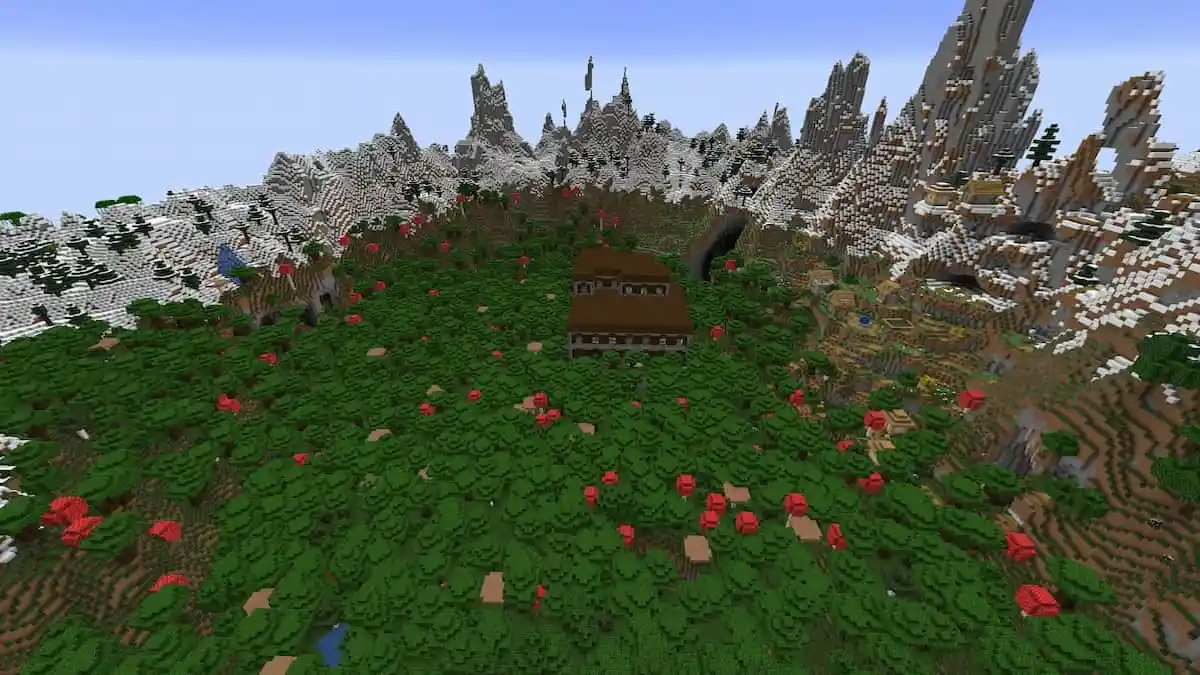This year’s Madden expanded how players experience football when they do not have the ball. While Madden 15 makes the effort to educate gamers on the basics of playing against defenses, little is done about selecting the proper scheme when trying to stop the offense.
Like in part one, it is important to match these “toppings” to their appropriate “pastas.” You may like a certain type of pasta or ingredient, but it is not ideal for every trip to the restaurant.
The basic difference between the man and zone coverage is the pairing of defensive players to eligible offensive receivers. There are different type of zones, such as the flat zone, that help against a recent wave scramble quarterbacks in the NFL, but this guide only covers simple schemes.
Man coverage
This type of defense can exist by itself or in other coverages, but the concept is the same. This type of coverage assigns one defensive player to an offensive opponent, following them around until the play ends. Defensive players who are playing man coverage are not as concerned with anticipating the quarterback reading the field than they are with denying the receiver a pass.
Teams with fast secondaries to keep up with good receivers can successfully run this play. Another advantage to having the defense focus on applying pressure to their assigned offensive player is to run a more effective blitz. This type of play sends five or more defenders to tackle the quarterback.
If there are no deep secondaries playing zone, this type of defense is very fragile if the receiver beats the defensive player covering him if he suddenly changes directions before his opponent could react.
Pairs well with: 3-4, 4-3
Cover 2
Unlike a strict man coverage, every other defense throughout this guide focuses on zone coverage. This means that defensive players are assigned a portion of the field to defend. They focus on where the quarterback is looking instead of pressuring the receivers.
Zone coverage is a better option for teams with reliable defensive lineman to tackle the quarterback or slower secondary players, since other zones would pick up the faster recovers.

In relation to a Cover 2, the coverage features two deep secondary players defending one half of the field. The other defenders in front of them are either playing zone or man. With a bigger amount of players located closer to the ball, the offense will have a hard time executing short passes and even running plays.
With this coverage guarding plays near the line of scrimmage, and the middle section between the two deep secondaries a weak point, deep passes down the middle are a vulnerable spot for this defense.
Pairs well with: 3-4, 4-3
Cover 3
If the defense needs extra protection against the deep pass, the cover three adds a third secondary player in the backfield to defend a long distance areal assault.

In addition to defending the long ball, the Cover 3 also adds an extra eighth player in the box. This increase in personnel can be used to defend against a running play.
In most situations, Cover 3 has a distinct look. If the quarterback can read the three deep defenders before the play starts, he may make an adjustment (aka audible) to throw a shorter pass that can create a longer play.
Pairs well with: nickel, dime, quarter
Cover 4
Just like with the previous zone defenses, Cover 4 how many deep secondary players stand prepared against the long pass. One of the most familiar defensive plays to run with this coverage is prevent, typically selected when the offense runs a hail marry.
With a handful of secondary players far from the line of scrimmage, this coverage is vulnerable to run plays. It is unlikely, though, the offense will give the ball to their running back if they need to pass it downfield. Instead, short passes in front of the deep secondaries are used to create long plays.
Pairs well with: nickel, dime, quarter
Cover 6
This coverage breaks the rule about it’s number describing the amount of deep secondary defenders. Thus, it is a tricky coverage to read. Cover 6 is a mathematical combination of the Cover 2 and Cover 4, both of which are featured in this defense.

The elaborate description of this defense is that Cover 6 has one half of the field with two deep secondaries, while the other has just one. In Layman’s terms, one side has deeper coverage than the other. Ultimately, this type of coverage is intended for deeper passes, but leaves some room to cover shorter routes.
It is unlikely the offense will run the ball during this situation, but they could decide to turn a shorter route on the side with deeper coverage into an opportunity for a first down.
Zone Blitz
The zone blitz is typically ran when the defense wants to apply pressure on the quarterback, but is unsure of the play or whether the ball thrower will tuck it and run instead.

The blitz could come from anywhere, it just depends on where the run is likely to occur or where the weakest spot is on the field.
With an extra player leaving their intended assignment, the zone blitz opens an entire portion of the field open for the receiver to catch the ball if the quarterback is fast enough to find him.
Pairs well with: 3-4, 4-3
Now that each part of the defensive play calling process has been explained, the “dinner” can be properly enjoyed and experienced. Satisfy the hunger for victory, and win the night with defense.







Published: Oct 29, 2014 08:28 pm